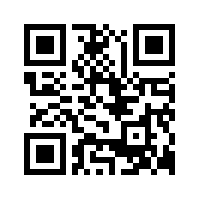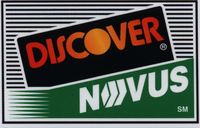TV Antenna Basics
TV signal transmission is considered to be "line of sight." Getting reliable DTV reception beyond the curvature of the earth (approximately 70 miles) is difficult. And if mountains or tall buildings lie between the transmitter tower(s) and your home, they can cause reception problems. So, the first step is to locate the transmitters for your local stations.
The quick, easy way to get information that's specific to your address is to visit the TV Fool antenna selector website. Once you enter your address, you'll see a list of local stations. Each station has a color-coded indicator showing which type of antenna is recommended for best reception.
There is no one magic antenna or antenna type that will deliver excellent TV reception in every location. The main factors determining reception are the distance and direction from the TV station transmitters to your home. Other factors include the transmitter's power and the height of its tower, the terrain between the tower and your antenna, and the size and location of any large buildings in the path of the transmission.
If you live within a few miles of the transmitter, and the signal path is relatively unobstructed, you may be able to get adequate reception using a small set-top indoor antenna. But as you move farther away, getting usable signal strength becomes trickier. This is where careful antenna selection and installation become essential.
The information below will help you zero in on the type(s) of antenna that should work best for you. Keep in mind that even in the same neighborhood reception conditions often vary from house to house. For that reason, it's best to purchase your antenna from a dealer who offers no-hassle returns with a money-back guarantee.
Like analog signals, digital TV signals can be broadcast over two different frequency ranges: VHF (Very High Frequency) and UHF (Ultra High Frequency). The VHF channel range is 2-13 — "low-band" VHF is channels 2-6; "high-band VHF is channels 7-13. The UHF channel range is 14-51. There are nearly 1,800 full-power TV stations across the country, including 1300+ UHF, around 450 high-band VHF, and fewer than 50 low-band VHF.
If some of the local stations you want to receive are below 14, you may need a VHF/UHF antenna — especially to receive channels 2-6. A station's channel number is usually obvious, but occasionally it can be confusing because the FCC requires digital stations to embed a "reference" to their analog channel so viewers won't have to memorize a whole new set of channel numbers. So, your TV might identify a digital station as being in the VHF range when it's actually in the UHF range. For example, Richmond's CBS station is known as "Channel 6," but its true digital channel is 25.
What is the difference between UHF and VHF antennas? Mainly size. Antenna elements are based on the size of the waves they're designed to receive, and VHF frequencies are lower so the waves are longer, requiring a larger antenna surface to receive them. It's possible to build a much more elaborate UHF antenna with more elements for stronger reception while keeping the antenna size physically manageable.









